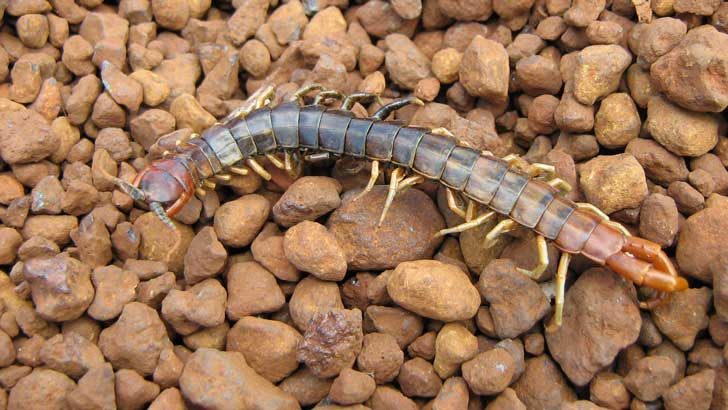
They are born with sleek, gray bodies, but feature long, thin snouts and ridge-like humps where a typical dorsal fin would be. When Amazon river dolphins ( Inia geoffrensis) are young, they pretty much look almost like the average bottlenose dolphin one might see at a zoo with a few key differences. Amazon River Dolphins May Get Pinker From BattleĪn Amazon river dolphin spyhopping in the wild They’re covered with stinging cells called nematocysts that are able to paralyze their small prey, including planktonic crustaceans and fish larvae, and give humans localized pain. In Australia, these jellies have a quite shocking nickname: the purple people eater-and for good reason. They have stout bell- or umbrella-shaped “bodies” measuring between 3 to 12 centimeters, with long tentacles dangling below. noctiluca roughly translates to “night light” in German, named for its ability to leave a glowing trail of bioluminescent mucous behind if frightened. The mauve stinger jellyfish ( Pelagia noctiluca) proudly displays brightly pigmented hues, dazzling the beholder with purple, yellow and even pink varieties. Javier Gallardo Álvarez via Flickr under CC BY-NC-SA 2.0 In contrast, easy-to-spot pink individuals are picked off by predators.įco. So why are fewer of these pink katydids seen?īlame the power of camouflage, which gives green katydids that resemble leaves a survival advantage in most areas. When a green individual mates with a pink one, they make blush-colored children half the time. Breeding experiments suggest this discrepancy isn’t due to a genetic mutation. Oblong-winged katydids ( Amblycorypha oblongifolia) are one of those species. Katydids have a reputation for being brown or green, but some species shatter the stereotype with a bright pink flair. JanetandPhil via Flickr under CC BY-NC-ND 2.0 Rare Fuschia Oblong-Winged Katydids Stand Out in a CrowdĪ pink oblong-winged katydid failing to blend in at the Middlefork Savanna Forest Preserve in Lake County, Illinois These critters are critically endangered but persist in captivity as research subjects or unique pets. For starters, wild axolotls are an olive-brown color, and they only live in waterways in Xochimilco, Mexico. Those with a white-pink body rely on a recessive gene that during embryonic development prevents pigment cells meant to darken their body from taking effect.īut rose-hued axolotls won't pop up in the wilderness. Axolotls have four genes that influence their color. The crown of feathery prongs emerging from the base of their head is actually its gills. Seánín Óg via Flickr under CC BY-NC-ND 2.0Ĭaptive axolotls are known for their pale pink-white bodies and flashy, spiky, hot-pink hair-do-that isn't hair at all. Axolotls Have Hot Pink External GillsĪn axolotl showing off the bones in its feet and the blood vessels in its gills


You’d be hard-pressed to find a rosy grizzly in nature, however, so why not celebrate this Valentine’s Day by learning about 14 animals who rock both soft and vibrant shades of pink, naturally.

Thankfully, people simply purchase fluffy, rose-tinted Teddy bears for their special someone instead these days. The three-day Roman feast allegedly marked by animal sacrifice is certainly more R-rated by today’s standards. Now filled with blush-colored Hallmark cards featuring cute puppies and kittens, Valentine’s Day has evolved in stark contrast to its origins. Each February, the color pink is a bold sign that the season of love has arrived.


 0 kommentar(er)
0 kommentar(er)
